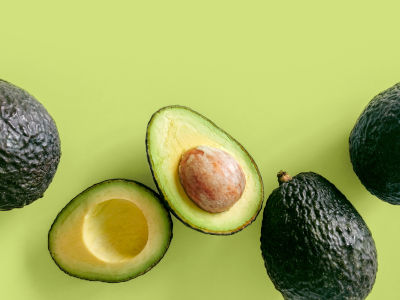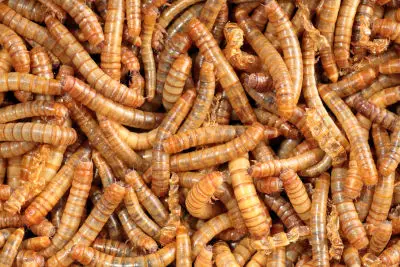How to Identify Poisonous Lizards: Tips and Tricks
Lizards are fascinating creatures that come in a variety of shapes, sizes, and colors. While many lizards are harmless, some species are venomous and can pose a serious threat to humans and other animals. Therefore, it is important to know how to identify a poisonous lizard and take appropriate precautions when encountering one.
One way to determine if a lizard is poisonous is to look for physical characteristics that are common among venomous species. For example, venomous lizards often have a triangular-shaped head, with a broad base and narrow snout. They also tend to have sharp teeth and a forked tongue, which they use to sense their surroundings and locate prey.
| Are these foods dangerous for your Beardie? | |
| Avacado? Click here to learn, from this guide, if this food is dangerous |  |
| Superworms? Click here to learn, from this guide, if this food is dangerous |  |
Another way to tell if a lizard is poisonous is to research the specific species and its habitat. Certain types of lizards, such as the Gila monster and the Mexican beaded lizard, are known to be venomous and are found in specific regions of the world. By learning about the characteristics and behavior of these lizards, you can better prepare yourself for encounters in the wild.
Identifying Poisonous Lizards
When it comes to identifying poisonous lizards, there are a few physical characteristics, color patterns, and behavioral traits that can help. Here are some key features to look out for:
Physical Characteristics
One of the most noticeable physical characteristics of poisonous lizards is their head shape. Venomous lizards tend to have a triangular-shaped head, whereas non-venomous lizards have a more rounded head. Poisonous lizards also have shorter snouts and wider jaws, which are used to deliver venom.
Color Patterns
Another way to identify poisonous lizards is by their color patterns. Venomous lizards often have bright, bold colors that warn predators to stay away. Some poisonous lizards have distinctive markings, such as stripes or spots, while others have a uniform color pattern.
Behavioral Traits
Poisonous lizards also exhibit certain behavioral traits that can help identify them. For example, venomous lizards tend to move more slowly and deliberately than non-venomous lizards. They may also be more aggressive and territorial, especially during mating season.
Overall, it’s important to remember that not all lizards are poisonous. However, if you come across a lizard with a triangular head, bold color pattern, or aggressive behavior, it’s best to keep your distance and seek the advice of a wildlife expert.
Geographical Distribution
The distribution of poisonous lizards varies depending on the species. Some species are found only in specific regions, while others have a wider range. Here are some of the most common poisonous lizards and their geographical distribution:
Gila Monster
The Gila Monster is a venomous lizard found in the southwestern United States and northwestern Mexico. They are typically found in desert areas and are known for their distinctive orange and black markings.
Beaded Lizard
The Beaded Lizard is a venomous lizard found in Mexico and Guatemala. They prefer tropical and subtropical areas and are known for their black and yellow banded bodies.
Komodo Dragon
The Komodo Dragon is a venomous lizard found in Indonesia. They are the largest lizards in the world and are known for their powerful jaws and sharp teeth.
Blue-tongued Skink
The Blue-tongued Skink is not poisonous, but it is often mistaken for a venomous lizard due to its bright blue tongue. They are found throughout Australia and are known for their distinctive blue tongue and large size.
Green Anole
The Green Anole is not poisonous and is found throughout the southeastern United States. They are known for their ability to change color and their distinctive dewlap, which is a flap of skin under their chin.
Overall, it is important to be cautious when encountering lizards in the wild, as some species may be venomous. It is best to avoid handling them and to seek medical attention if bitten.
Precautionary Measures
When it comes to dealing with lizards, it is important to take precautionary measures to avoid any potential harm. Here are a few things to keep in mind:
- Always wear gloves when handling a lizard, especially if you are unsure of its species.
- Avoid touching a lizard’s mouth or eyes.
- If you do get bitten, do not panic. Wash the wound with soap and water and seek medical attention immediately.
- Keep a safe distance from any lizards that appear to be aggressive or agitated.
It is important to note that not all lizards are poisonous, but it is better to err on the side of caution. By taking these simple measures, you can ensure your safety while enjoying the fascinating world of lizards.